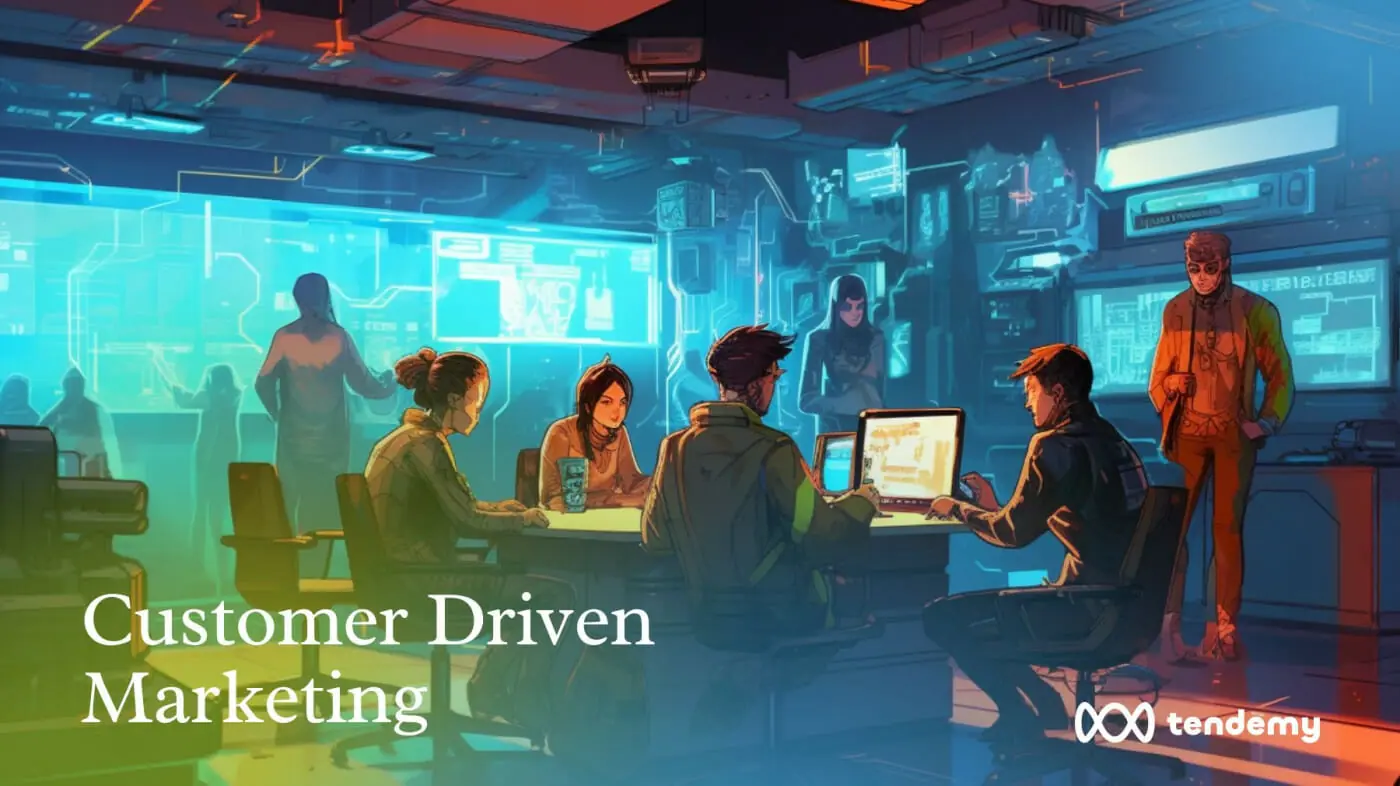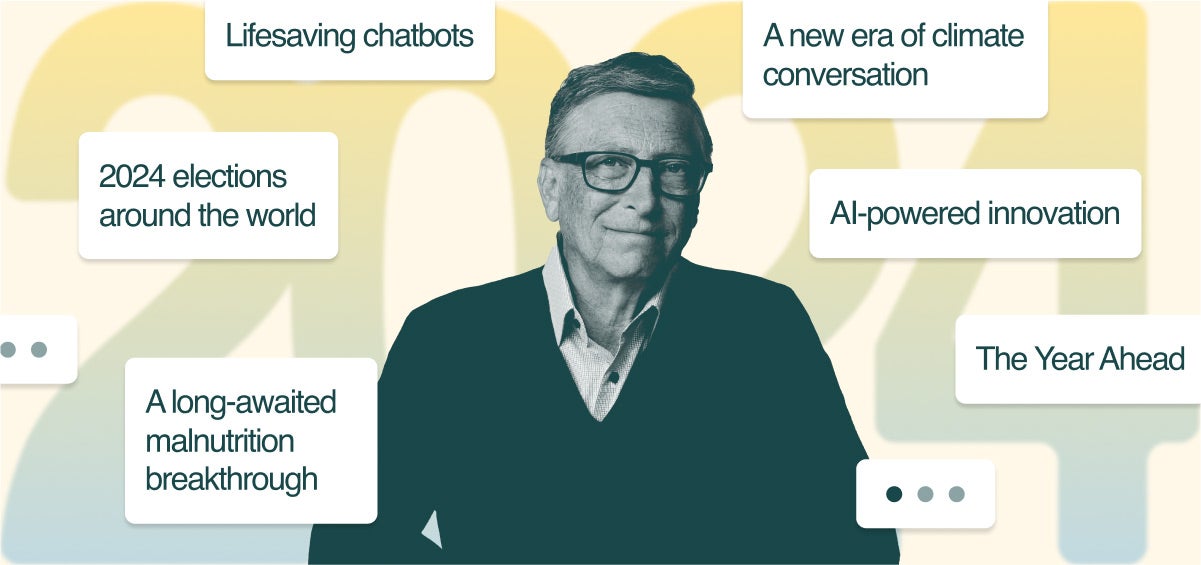We are delving into the enlightening nuances of our expedition, revamping our corporate website for superior scalability and management, employing No-Code tools, and the potency of teamwork.
In this article, I shall navigate you through the blueprint we adhered to, the symbiotic relationship between marketing and product in its inauguration, and a handful of insightful lessons and captivating episodes that emanated from this venture.
Background Story
While a website must indeed be viewed as a product or a product extension if your firm proffers products (either technological or tangible), the reins of its stewardship should invariably rest with the marketing and growth squad instead of the product team.
Only after participating in revitalizing the company’s primary online portal for a duo of enterprises over the past quadrennium did I comprehend that products metamorphose at such a rapid pace that websites often lag behind. The knowledgeable individuals tasked with updates are either engrossed with the top product or exit the firm, leaving their expertise to dissipate. Hence, when the website necessitates an upgrade, it’s akin to building anew from a bare foundation.
Endowing marketing with authority to modify the website renders it more malleable to product alterations and aids in harmonizing it with any shifts in the product’s functionality, aesthetics, and branding.
Peruse further to understand my reasoning behind the marketing team’s website owner and the advantages of employing a No-Code tool like Webflow.
1. Augmenting Collaborative Acumen and Expertise Exchange
Constructing a website with No-Code tools necessitates someone to embrace and master the tool, be it Webflow, WordPress, Wix, or Squarespace. Despite varying learning trajectories, each tool mandates time to attain proficiency and reach a state of effortless webpage creation and modification. However, involving individuals from diverse business segments and teams ensures knowledge dissemination and quicker attainment of comprehensive needs.
No-Code tools are supported by a robust online fraternity of contributors with many resources across social platforms, forums, communities, and even dedicated support groups. A solution to any predicament you encounter is likely just a click away. Leveraging this collective knowledge online should expedite your problem-solving process.
Upholding Consistency as a Paramount Principle
Product creation is an intricate endeavor demanding significant effort, but a website that showcases it need not mirror this complexity. Employing maintenance-friendly and updatable tools guarantee that your user attraction strategy aligns with their actual product usage experience.
A tool like Webflow empowers the team to seamlessly transpose product modifications into the UI of the customer-facing website. Additionally, it provides a platform for experimentation and prototyping new UI versions, offering a cushion for the product team to invest time in testing and validating ideas before committing development hours to product changes.
No-code tools like Webflow enable website creation sans coding expertise, letting the creator focus on refining the interface’s visual appeal. However, it’s imperative to comprehend that the learning trajectory of mastering the varied mechanisms to achieve your desired look will also foster a deeper understanding of the front-end components that the product team will eventually create. This will also contribute to a smoother transition when those updates need to be transferred to the product team.
3. Emphasize on Systems and Components
Similar to a product fabricated by the tech squad we previously discussed, delineating a structure and a repertoire of components for effortless maintenance and scalability of your website is crucial. Numerous complimentary No-code editors enable the creation of customized templates and symbol sets that can be easily cloned across the site. The only variables requiring modification are the content, images, and text, thus preserving the overall layout and responsiveness.
In our Webflow experience, housing a component library on one of the pages simplified the process. It was more convenient to navigate to each dedicated page, duplicate the desired sections, and swiftly generate new landing pages. This allowed us to concentrate on creating more user-targeted content, without the burden of maintaining numerous pages whenever we modified a CTA, image, or section.
A component library reused across the site accelerates changes where necessary and eases updates to the appearance from a singular source of truth, adapting to changes like responsiveness and adaptive layout.
4. Content Reigns Supreme Over Aesthetics
Visitors to your website should effortlessly comprehend the product or service, with aesthetics playing second fiddle. Tools requiring minimal or no coding necessitate incorporating as much crucial information as possible, while ensuring the text volume does not overwhelm the visitor. Subsequently, this content can be adorned with an appealing look and feel.
A website’s UI design, theme, or appearance can be conveniently determined when the content is organized such that mere assignment of classes and styles ensures smooth maintenance, facilitating effortless changes.
5. Discerning the Appropriate Time for Ownership Transition
As discussed earlier, laying the groundwork and constructing the primary structure should be the responsibility of the individual with the most expertise or a keen interest in learning Webflow to navigate its complex learning curve.
Nonetheless, it’s essential to recognize that at a certain juncture, and as one of the primary tenets of this discourse, the website’s stewardship should be transferred to someone in the marketing or growth department. This ensures they can promptly implement any changes without seeking approval from many stakeholders.
Ensuring everyone on the team is aware of the project owner simplifies the process of requesting information, changes, or feedback on any website updates. However, it’s critical to remember that the individual who originally defined the project should always be the final authority on substantial changes that necessitate more effort than simply duplicating pages, content, and image and copy modifications.
6. Formulating a Strategy, But Spurning Overcomplication
As a corollary to the previous contention, a salient takeaway from this endeavor was the necessity for a codified strategy to effectively manage time and talents, thus ensuring the project’s continual growth and up-to-dateness. Several facets were considered in the formulation of a high-level process, including:
- Designating a primary liaison for anyone aspiring to modify the website or provide feedback rooted in personal experience or user feedback.
- Establishing a ratification protocol for design, layout, or aesthetic changes to guarantee comprehensive awareness and collective agreement on the proposed transformation.
- Empowering all company members to suggest modifications or updates. To facilitate this, we constructed a compact request board on our project management/wiki instrument to accumulate sufficient information before execution.
After some time operating under this established process, we discerned areas for refinement, such as designating responsibility for requests. It also became apparent that company-wide awareness of website activities had increased, and accessing documentation for updates on imminent steps or changes had become a swift and straightforward task.
A particular nod to Notion for its flexible project page formulation capabilities, allowing for the seamless inclusion of all pertinent parties to contribute their insights and requests, thus maintaining collective alignment without the necessity for extensive developmental or planning hours.
7. Upholding Continuity is Paramount
How often have you visited a website only to discover a glaring discrepancy between its content, aesthetic presentation, and product it purports to sell? Or encountered websites teeming with obsolete blog posts, footer notes, or even basic contact details?
This innovative approach of bestowing website ownership upon the marketing or growth team facilitates the effortless upkeep of such elements. Not only does this ensure the website’s functionality and synchronicity with the product crafted by the tech team, but it also guarantees that the company’s online persona is harmonious and consistent with its mission and offerings.
In an increasingly competitive marketplace, a website whose content perpetually expands and aligns with company developments not only appeases users but also satiates search engines (SEO) and other web crawlers, thereby securing a prominent position on their lists and ensuring easy accessibility.
8. Focus on Your Users
When utilizing a tool that demands minimal technical upkeep, your energies can be directed toward understanding how your users discover your company and product. Your website should be a readily accessible, cost-effective (if not free) resource for gaining this knowledge.
No-code platforms frequently provide smooth integrations with analytical tools such as Hotjar and Google Analytics. Incorporating these systems into your site is as effortless as copying and pasting a code into the settings page.
This empowers you to understand how users discover and interact with your site’s various sections. Moreover, it allows you to pose experience-relevant questions, solicit feedback, or amass data about them, encompassing geographic, ethnographic, and behavioral dimensions.
Harnessing this data will aid you in refining the site to tailor it to their experiences and help identify strategies to more efficiently adapt the product or service you’re offering to them.
Final Thoughts
The design and development of a website largely depend on the specific company and the product or service you aim to promote. Its complexity is often closely linked to the initial plan, as evidenced by Tenten’s website, which could have been simplified by establishing a clear strategy and managing stakeholders effectively. Here are the primary takeaways from this project:
- Gaining proficiency in a new tool can be challenging without prior experience. However, sharing expertise and building knowledge of no-code tools can facilitate more manageable maintenance and scalability compared to code-based solutions.
- Developing your company’s website with a no-code tool can lead to faster and easier consistency between messaging and the product or service being developed by the tech team.
- Creating a collection of reusable components and libraries can expedite changes and provide access to individuals not experienced in building a website from scratch.
- Assigning ownership to the marketing or growth department can help prioritize website content and facilitate rapid modifications and updates in response to changing priorities.
- Relinquishing complete control over the website launch and update process ensures that someone is always overseeing it, without losing sight of maintaining the quality of the company’s products or services.
- Implementing a process that involves everyone in the website’s update and design should be kept as simple as possible, while allowing for modifications in line with project evolution.
- Handing ownership to a team responsible for sales, communication, and user engagement ensures a user-focused maintenance approach and responsiveness to their feedback.
- Utilizing an easy-to-maintain tool that doesn’t require a dedicated developer for changes makes it simpler to devise strategies for understanding the users who visit your site and potentially use your product or service. This allows room to gather feedback, acquire information, or analyze user behavior by easily integrating analytics tools into the site.
By adhering to these steps, we could design, build, and launch a website in record time, continuously expanding its content since its inception. This experience reinforces my belief that assigning ownership and maintenance to the marketing team ensures a balanced distribution of project responsibilities, allowing everyone to focus on their priorities.






